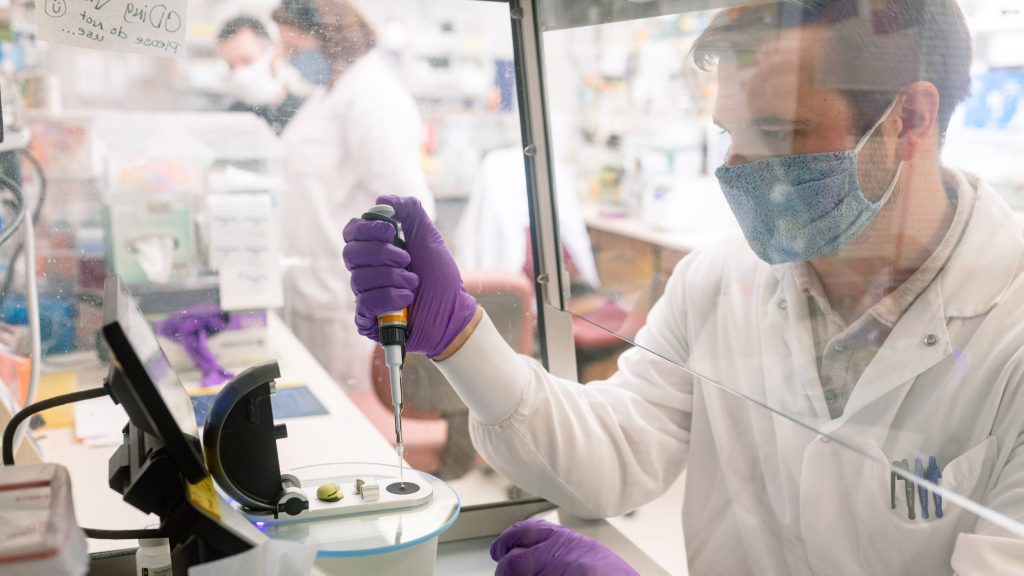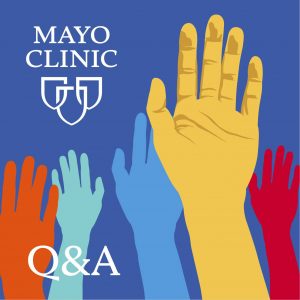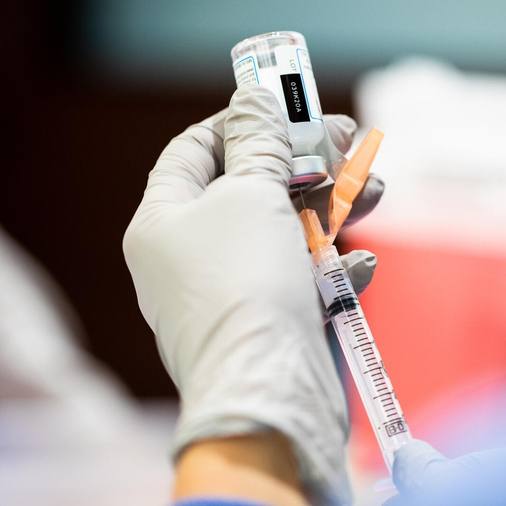
The first COVID-19 vaccines to reach the market are likely to be messenger RNA vaccines, or mRNA. According to the Centers for Disease Control and Prevention, mRNA vaccines work by teaching cells in the body how to make a protein that triggers an immune response. Unlike many vaccines that use a weakened or inactivated form of a virus, mRNA vaccines do not use the live virus that causes COVID-19.
On the Mayo Clinic Q&A podcast, Dr. Gregory Poland, an infectious diseases expert and head of Mayo Clinic's Vaccine Research Group, explains how mRNA vaccines work, gives a status update on the pandemic and answers listener questions.
Research disclosures for Dr. Gregory Poland.
Information in this post was accurate at the time of its posting. Due to the fluid nature of the COVID-19 pandemic, scientific understanding, along with guidelines and recommendations, may have changed since the original publication date.
For more information and all your COVID-19 coverage, go to the Mayo Clinic News Network and mayoclinic.org.








